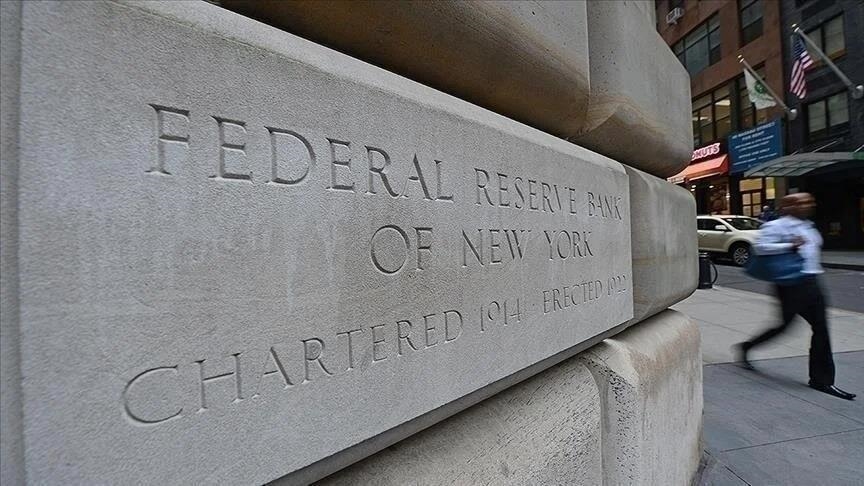US Fed rate cut would spur similar steps worldwide: Economist
Fed is extremely likely to lower interest rates, which will 'encourage central banks worldwide to decrease their interest rates,' says Max Gillman

ISTANBUL
While the world is still struggling with high or fluctuating inflation, economists expect interest rate cuts and a loosening monetary stance in the coming period.
Among major central banks, the European Central Bank (ECB) and the Bank of England (BoE) recently lowered their policy rates, but an imminent cut by the US Federal Reserve is expected to push other banks to follow suit.
Central banks in Canada, Switzerland and New Zealand have also decreased rates slightly, while Australia continues to hold its rates steady.
The Fed is extremely likely to lower its benchmark rate from 5.4%, which has been in place since July 2023, Max Gillman, a professor of economic history at the University of Missouri-St. Louis, told Anadolu.
Gillman stressed that annual inflation in the US has been below 4% this entire time and now dropped lower than 3%, and the real interest rate is that measure of yield after inflation.
"This means it is now +2.5%, after having negative real interest rates for 20 of 23 years before 2023," he added.
The annual inflation rate, which hit a historical high in June 2022 of 9.1%, has been gradually decreasing, falling to 2.9% in July 2024, even lower than market expectations of 3%.
Starting from March 2022, the Fed increased its benchmark interest rate from 0.25% to 5.5% until July 2023, and has kept it unchanged during the last eight monetary policy meetings.
"Finally, decreasing the interest rate by the Fed will encourage central banks worldwide to decrease their interest rates as well," Gillman said.
From July 2022 to September 2023, the ECB increased its policy rate from 0% to 4.5% and then kept it steady for a while before lowering it by 25 basis points at the last meeting.
Between December 2021 and August 2023, the BoE also increased its rate from 0.1% to 5.25%, and after keeping the rate unchanged for seven meetings, it lowered it for the first time to 5% in August this year.
“Interest rates, I expect, will continue to fall, both in the Fed’s Interest Rate on Reserve Balances (IORB) and internationally,” Gillman added.
'Fed has waited too long'
What causes inflation is the money in circulation, Gillman explained, adding: "This is equal to the amount of the Fed purchase of Treasury debt minus the reserves held at the Fed."
Before 2008, there were no reserves held at the Fed, and after 2008, the Fed began paying interest on reserves, which built up quickly to $3 trillion and now stand at $3.4 trillion, he said.
Gillman said these reserves are Treasury debt bought from private banks that credits the banks with the reserves, and the private banks simply leave those reserves at the Fed rather than lending them out and stimulating investment and GDP growth.
"The sterilization of money through reserves accumulated at the Fed makes it unclear when that money will enter circulation and increase inflation," he said.
This shakes up the old calculus whereby the Treasury debt purchased by the Fed immediately entered circulation as all reserves but a tiny required reserve amount was lent out by banks so zero excess reserves were maintained, he said.
"So inflation remains obscure but obviously falling, and the Fed has waited too long to lower the interest rate they pay on reserves. This has caused unnecessary distress in household residential and commercial real estate markets," he added.
Anadolu Agency website contains only a portion of the news stories offered to subscribers in the AA News Broadcasting System (HAS), and in summarized form. Please contact us for subscription options.







